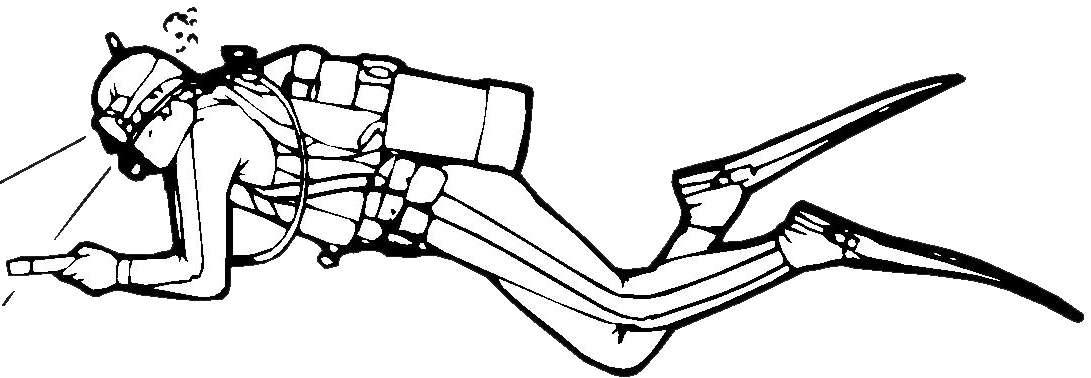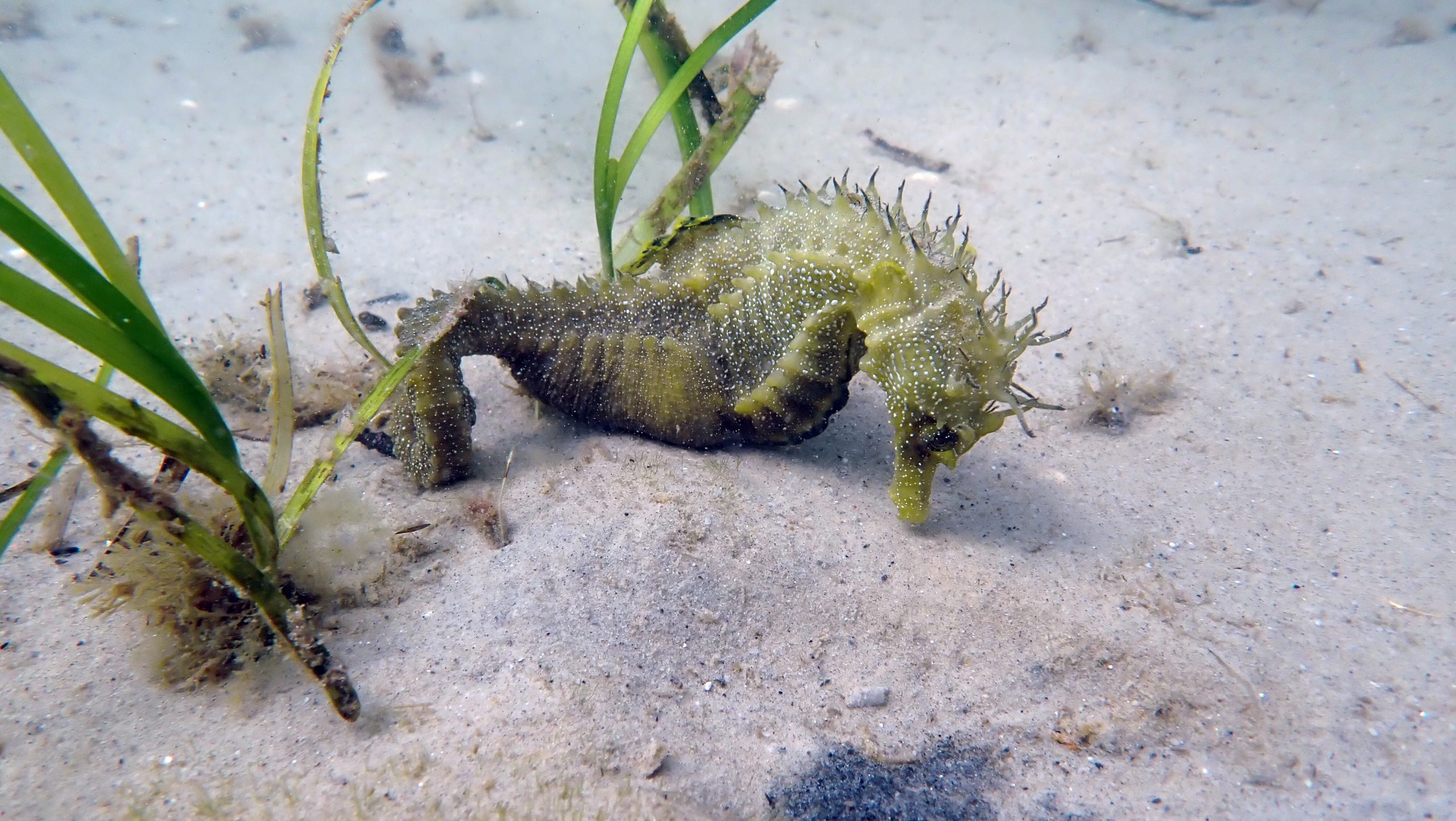
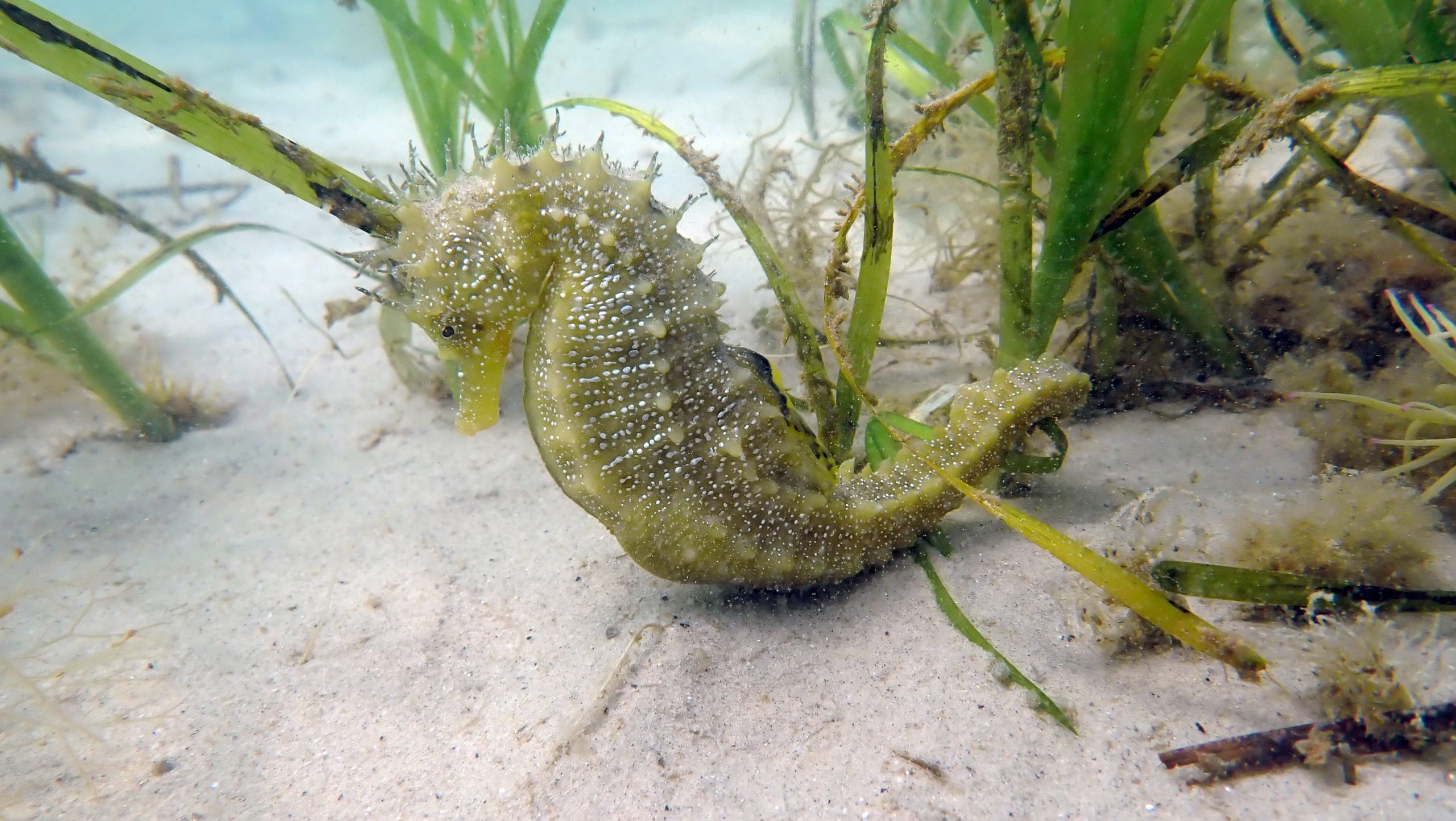
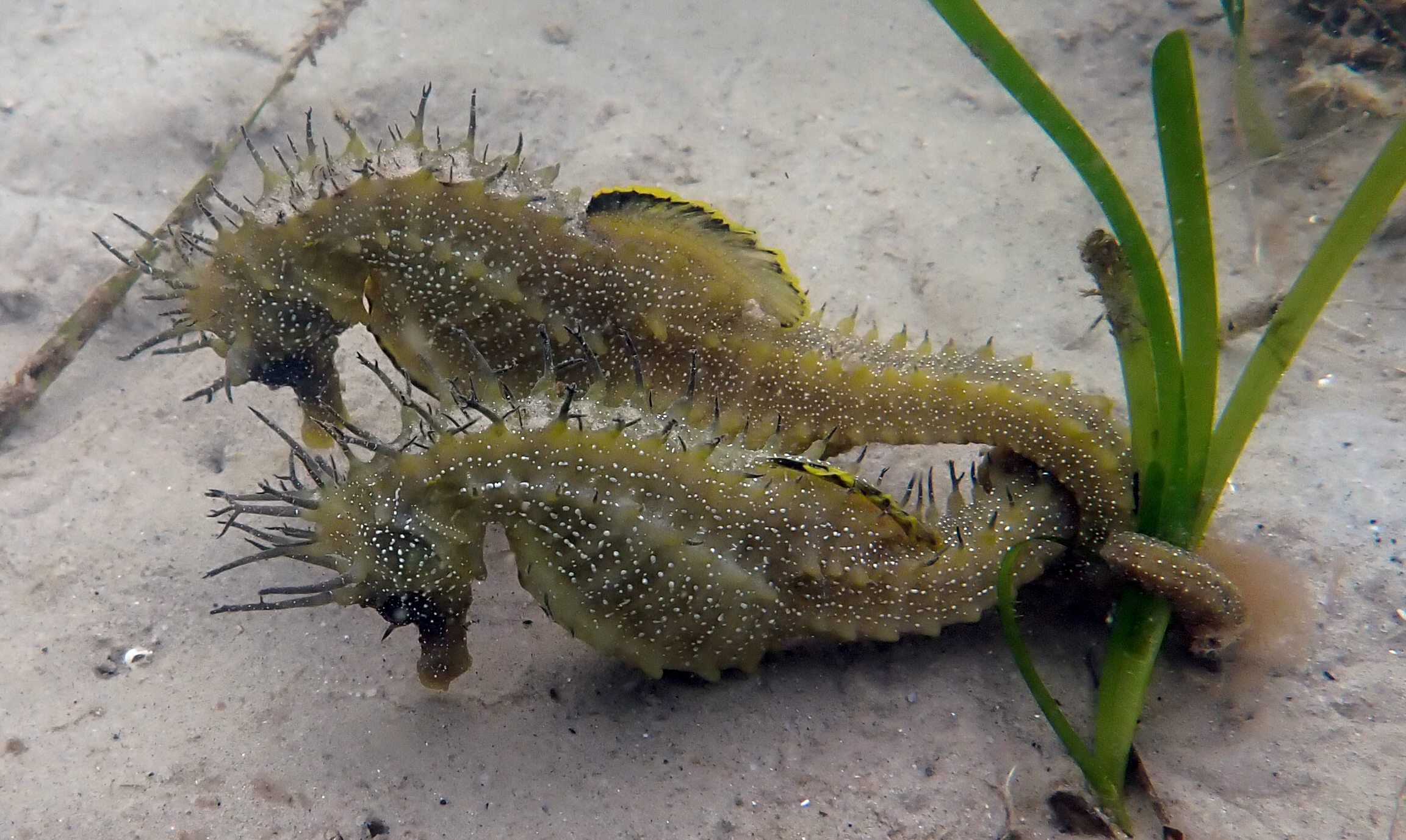
British Seahorse Survey
The British Seahorse Survey (BSS) was set up in 1994 by The Seahorse Trust founder Neil Garrick-Maidment and is the longest-running continuous survey of its kind in the world it would not be possible without the input of so many volunteers.
The sightings from the survey are fed into the National Seahorse Database (NSD) part of the World Seahorse Database (WSD), the only one of its kind in the UK and, as a result of this survey, we achieved full protection for both British seahorse species.
In 2008, both British seahorses were protected as named species under the Wildlife and Countryside Act (1981 as amended) as a direct result of our survey work and the NSD. This resulted from the hard work of over 5,000+ volunteers who have helped us since the start of the survey.
We owe them a massive vote of thanks for all their hard work.
Another achievement was the banning, in 2010 of the use of flash photography and lighting when photographing seahorses, on welfare grounds. After 47 years of experience, we knew flash photography was harmful and could kill seahorses.
It is now illegal to kill, take or disturb seahorses in British waters. The habitat where seahorses are found is also protected, meaning that if you find a seahorse in a seagrass meadow, that seagrass bed is protected (Seagrass is further protected by habitat laws). This is good news for the seahorses and other species that live there.
Due to our knowledge of British seahorses, we have advised many governments, including the British government, through its departments such as Natural England, the Joint Nature Conservation Committee (JNCC), the Marine Management Organisation (MMO) and the Department For Environment and Rural Affairs (DEFRA), amongst others. We have also helped to shape the seahorse licence that is required by MMO to set up seahorse surveys in our waters.
We still need to gather more data about British seahorses, so if you find one, please let us know so that we can build more information on their ecology and behaviour. This is to make sure we have this amazing ‘little horse of the sea’ around our shores for many years to come.
Please fill out the online survey form below or e-mail us at British Seahorse Survey so we can make your sighting count. If you have any pictures please email us.
Short Snouted Seahorse (Hippocampus hippocampus)
This map shows the known distribution of the Short Snouted Seahorse, which is more a generalist seahorse, in the type of habitat it lives in. These range from marinas to rock reefs, from short algae to seagrass meadows. As more knowledge is sent through to us it helps to let us understand both species and their distribution.
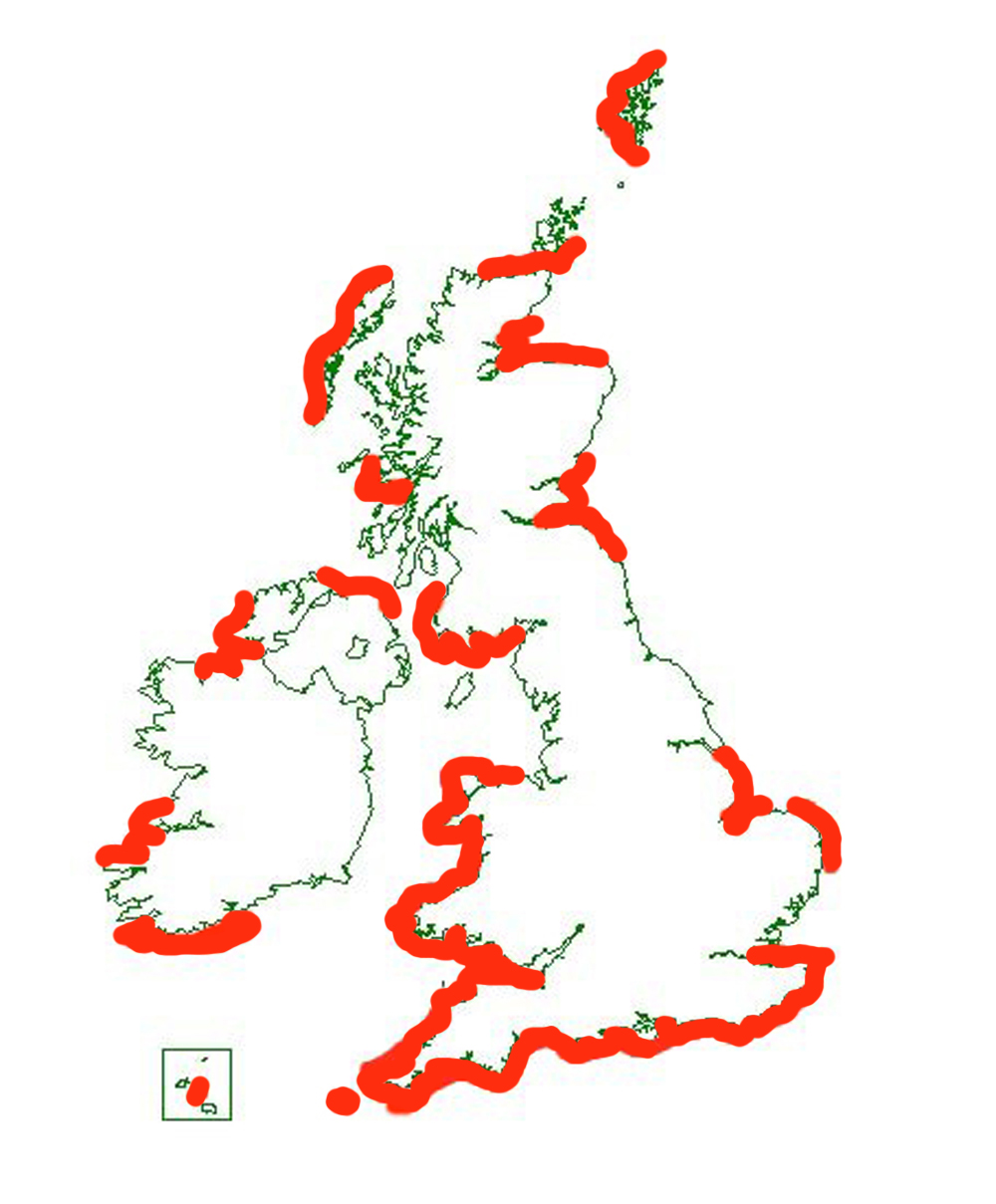
Spiny Seahorse (Hippocampus guttulatus)
This map shows the known distribution of the Spiny Seahorse. The distribution in this map was put together from details and records sent into the British Seahorse Survey. It is very possible that they can occur in other areas not covered by this map but we are reliant on records being sent to us for divers, fishermen and the general public.
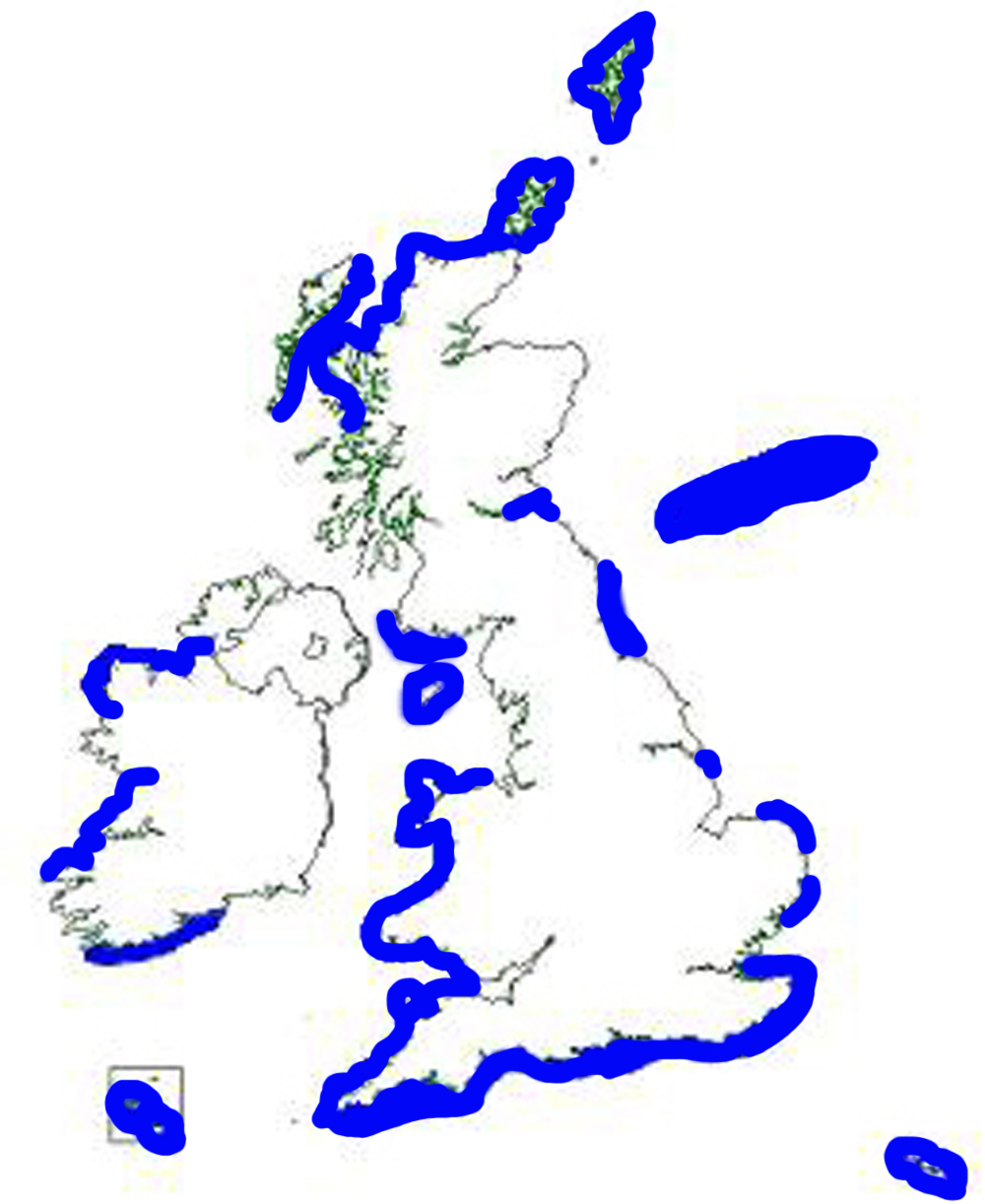
Multiple sites
As the project has developed we have started to increase our licenced dive teams and we now monitor 4 sites on a regular basis with 2 more possible sites being added in 2024.
By studying so many sites it is giving us an insight into seahorses here in the British Isles., which in turn allows us to make sure we can protect them and preserve and conserve them and the habitat they live in for the future.
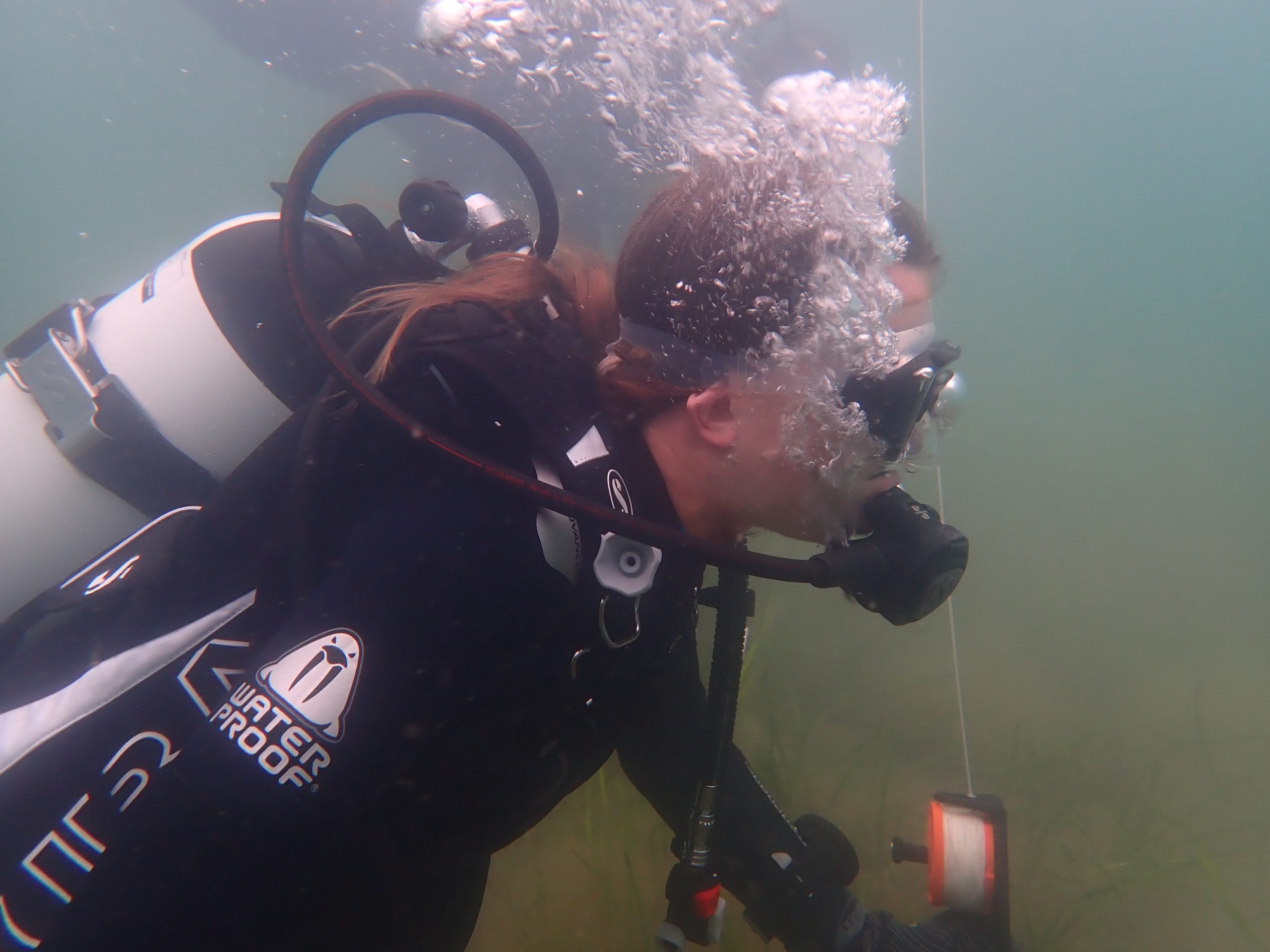
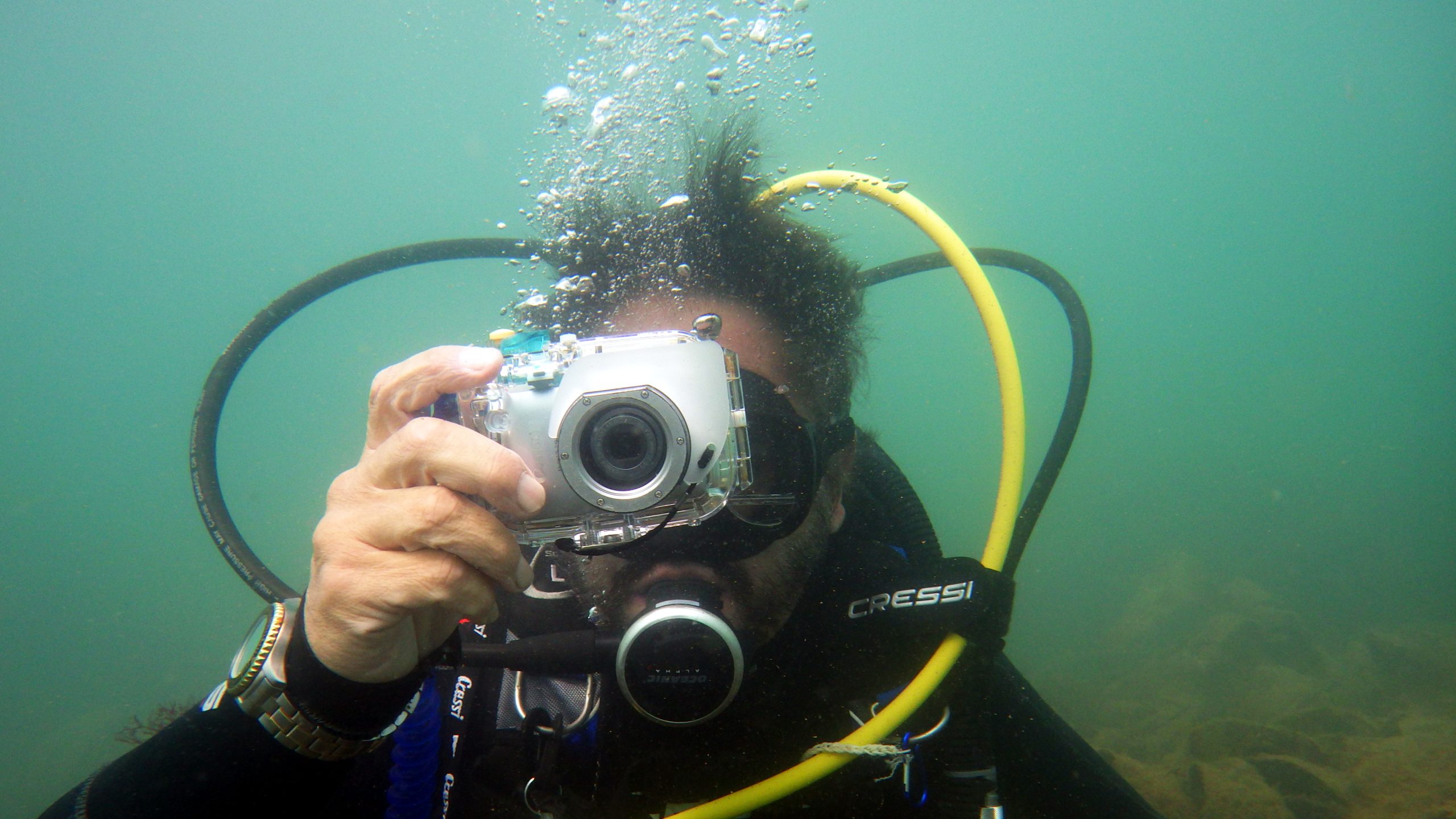
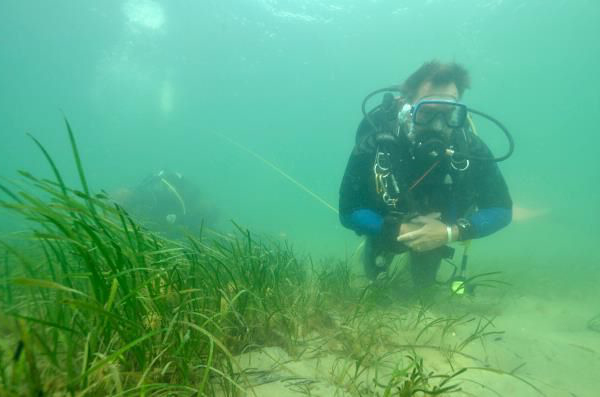
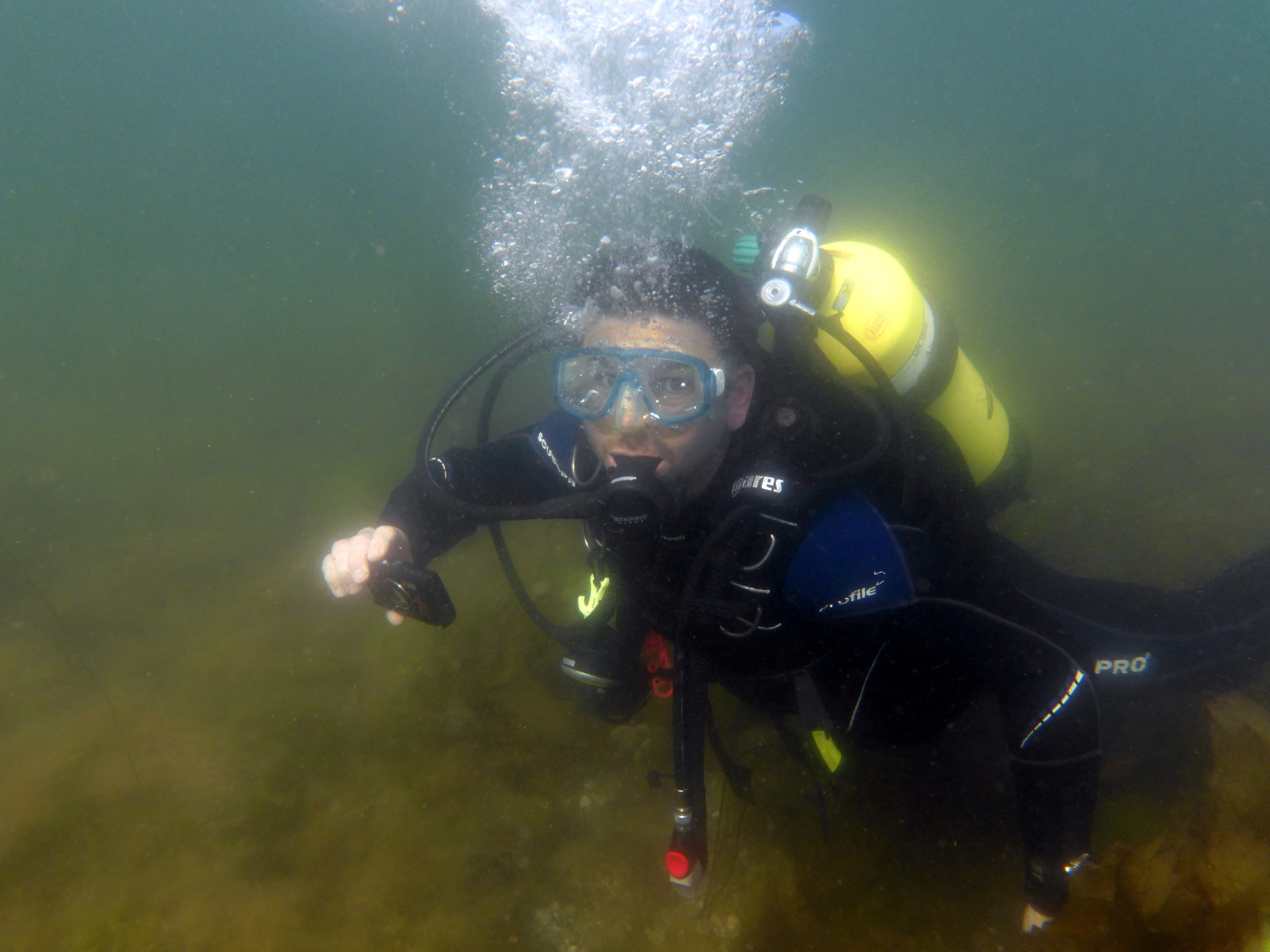
Seahorse Survey Course
In working with others around the world we have come to realise that the techniques of surveying vary quite a lot and so we have put together and designed an international standard method for studying seahorses in the wild.
This is an online course and at the end of it you will be able to understand seahorses and conduct seahorse surveys (subject to acquiring a licence) to provide much-needed information on these amazing species. This course is £65.

